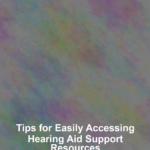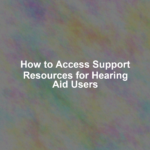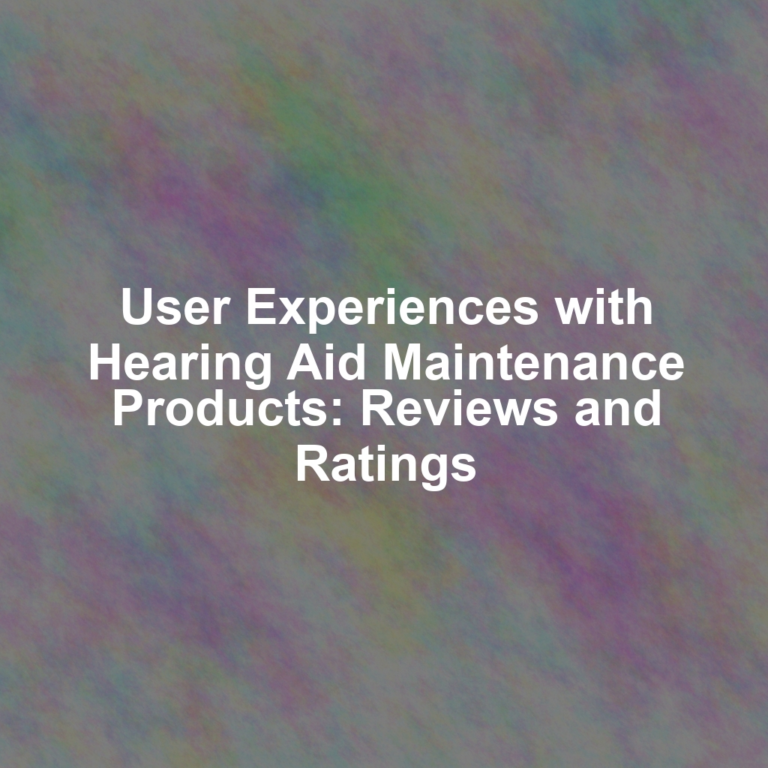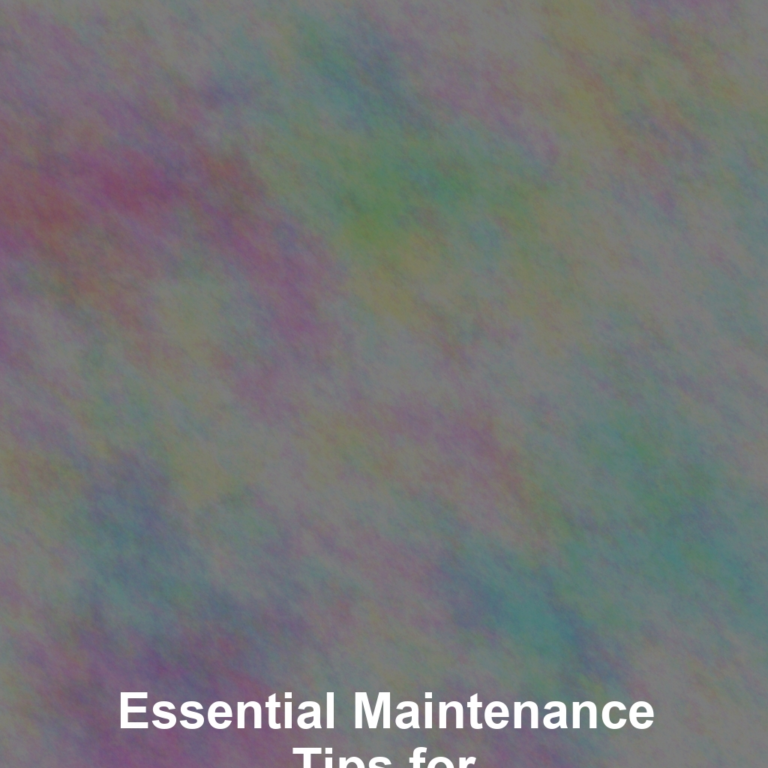When youG??re adjusting to new hearing aids, navigating maintenance challenges, or seeking advanced features, youG??re not just enhancing your auditory experience; youG??re embracing a journey toward better communication and quality of life. As a hearing aid user, you must be proactive in identifying reliable sources of support and information that cater to your specific needs.
From the moment you first recognize the signs of a malfunction to the day-to-day fine-tuning that ensures optimal performance, knowing where to turn can make all the difference. In this guide, weG??ll walk you through the process of locating manufacturer support, connecting with online communities, and leveraging local services to maintain and troubleshoot your device.
WhatG??s often overlooked, however, is the potential to unlock an even more satisfying auditory experience through resources you might not yet have considered, and thatG??s precisely what weG??ll uncover together.
Understanding Your Hearing Aid
To fully benefit from your hearing aid, itG??s essential to grasp its features and how they function to enhance your hearing experience. YouG??ve got this sophisticated device designed to bring the worldG??s sounds to you, so letG??s dive into what makes it tick.
Your hearing aid likely includes a microphone, amplifier, and speaker. These work together to capture, increase, and deliver sound into your ear. Understanding the settings is key. YouG??ll find programs for various environments, like crowded rooms or windy outdoor spaces. Toggle between these to suit your needs.
DonG??t overlook the volume control. Adjusting it helps you find the perfect level for different situations. But remember, itG??s not just about cranking up the volume. Too loud and you might miss the nuances; too soft and you wonG??t catch all the details.
Maintenance is also crucial. Regular cleaning ensures your hearing aid works effectively. Check the batteries oftenG??theyG??re the lifeline of the device. Rechargeable ones can simplify your routine.
Lastly, familiarize yourself with any connectivity options. Many hearing aids now sync with smartphones or TVs, offering you a seamless audio experience. By mastering these aspects, youG??ll maximize your deviceG??s potential and enjoy clearer conversations and richer sounds.
Locating Manufacturer Support
Finding the right support for your hearing aid is as simple as contacting the manufacturer directly. Start by looking at the documentation that came with your device. YouG??ll usually find a customer service number or email address listed there. DonG??t hesitate to reach out; these teams are dedicated to helping you with any issues you may encounter.
If youG??ve misplaced your paperwork, head to the companyG??s website. Most manufacturers have a support or contact section where you can submit a query or find a phone number. You may also find troubleshooting guides, FAQs, and even live chat options that can provide immediate assistance.
DonG??t forget to register your hearing aid if you havenG??t already. Registration often gives you access to additional support resources and may even extend your warranty. ItG??s also worth following the manufacturer on social media. Companies often post helpful tips and updates, and itG??s another avenue to ask questions and seek support.
Utilizing Online Communities
Beyond reaching out to manufacturers, you can also tap into the wealth of knowledge found in online communities dedicated to hearing aid users. These forums, social media groups, and websites are brimming with individuals whoG??ve faced similar challenges and are eager to share their insights.
YouG??ll find that members of these communities often post about their personal experiences, tips on maintenance, and even troubleshooting advice that can be a lifesaver when youG??re in a bind. DonG??t be shyG??pose questions, engage in discussions, and take advantage of the collective wisdom on offer.
Moreover, these online platforms can keep you informed about the latest hearing aid technologies and updates. ItG??s not unusual for manufacturers to participate in these communities, providing first-hand support and announcing new advancements.
Remember, the advice you receive online should complement, not replace, professional guidance. Always consult your audiologist or hearing aid provider before making adjustments based on what youG??ve learned from your peers online.
Participating in these communities isnG??t just about getting help; itG??s also about contributing. Share your success stories and solutions. By doing so, you strengthen the network of support thatG??s invaluable for all hearing aid users.
Exploring Local Services
Explore your local area for support services that offer personalized assistance and resources tailored specifically for hearing aid users. These services can be a lifeline, providing you with the help you need to maintain your hearing aids and ensure theyG??re working optimally for your lifestyle. Remember, youG??re not alone on this journey, and there are places nearby ready to support you.
When youG??re on the hunt for local support, keep an eye out for:
- Hearing clinics: Many offer free consultations and can help troubleshoot issues with your devices.
- Community centers: Local hubs often host workshops or have specialists available to talk about hearing health.
- Audiologists and ENT offices: These professionals can offer in-depth support and advice tailored to your needs.
- Support groups: Connect with others who understand your experiences and can share their insights.
DonG??t hesitate to reach out to these services. TheyG??re there to help you navigate any challenges and answer your questions. Whether you need a simple repair, a new battery, or just someone to guide you through the process of adjusting to your hearing aids, your local services are an invaluable resource. Take advantage of them and keep your hearing aids in top shape.
Maintaining and Troubleshooting
After connecting with local services for initial support, itG??s crucial to know how to maintain and troubleshoot your hearing aids to ensure they continue to function effectively. Regular maintenance is your first line of defense against potential issues. YouG??ve got to keep your devices clean; wipe them daily with a dry, soft cloth to prevent wax and moisture buildup. DonG??t forget to replace filters and batteries as needed to keep everything running smoothly.
When you face a hiccup, start with the basics: check if your hearing aids are turned on and properly charged or if the batteries need replacing. Sometimes, itG??s as simple as that. If thereG??s still trouble, look over the microphone and speaker ports for any blockage. A gentle brush can clear away debris that might muffle sound.
If your devices are whistling or producing feedback, make sure theyG??re seated correctly in your ears, and that thereG??s no excess earwax causing the problem. For persistent issues, consult your user manualG??s troubleshooting section or reach out to your hearing care provider. TheyG??re there to help, offering hands-on assistance or guiding you through fixes over the phone or video chat. Remember, taking care of your hearing aids is taking care of your hearing health.
Conclusion
YouG??ve got the tools to keep your hearing aids in top shape now!
Remember, reach out to the manufacturer when in doubt, tap into online forums for peer advice, and donG??t hesitate to seek out local services for hands-on help.
Keep up with regular maintenance and familiarize yourself with common troubleshooting tips.
With these resources at your fingertips, youG??re well-equipped to ensure your hearing aids are always working for you, just as they should.










